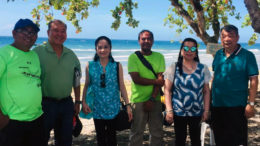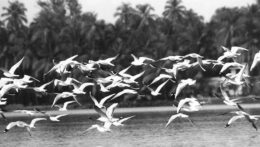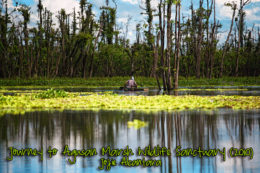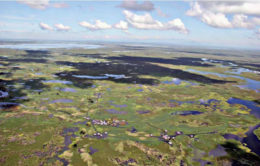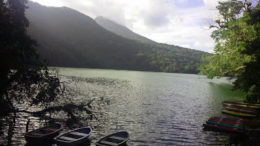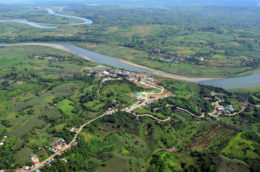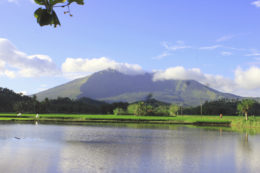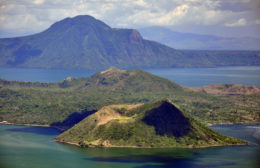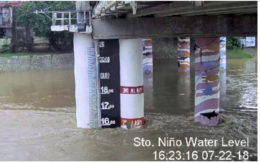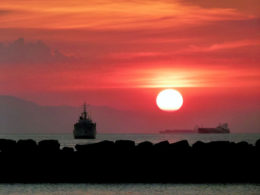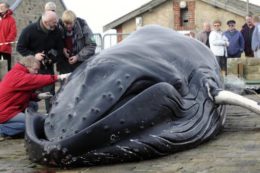Visit Bohol
A visit to the Visayas is never complete unless you take a ferry ride from Cebu to Bohol. Upon arrival in Bohol, one is immediately enchanted by the blue sea and clear skies over the horizon. It’s rare to see these colors in a city jungle where the air is full of smog and emissions. First stop in beautiful Bohol…
